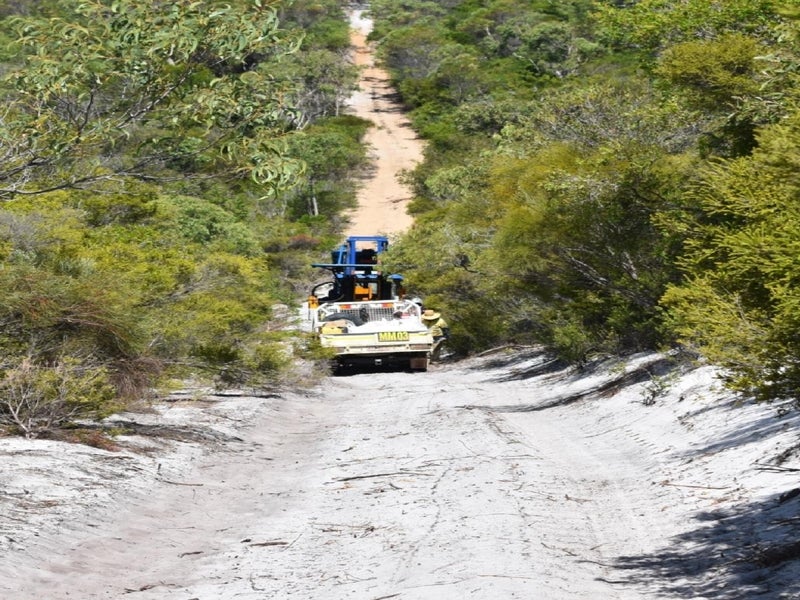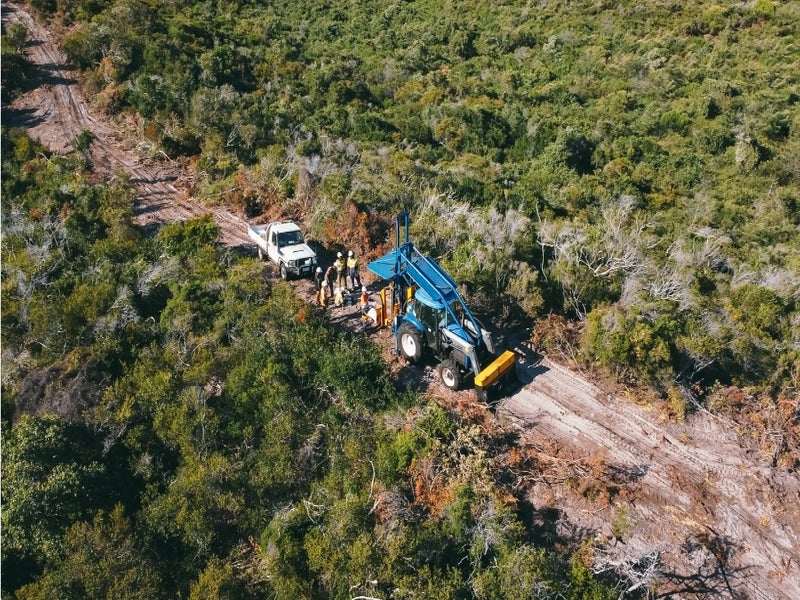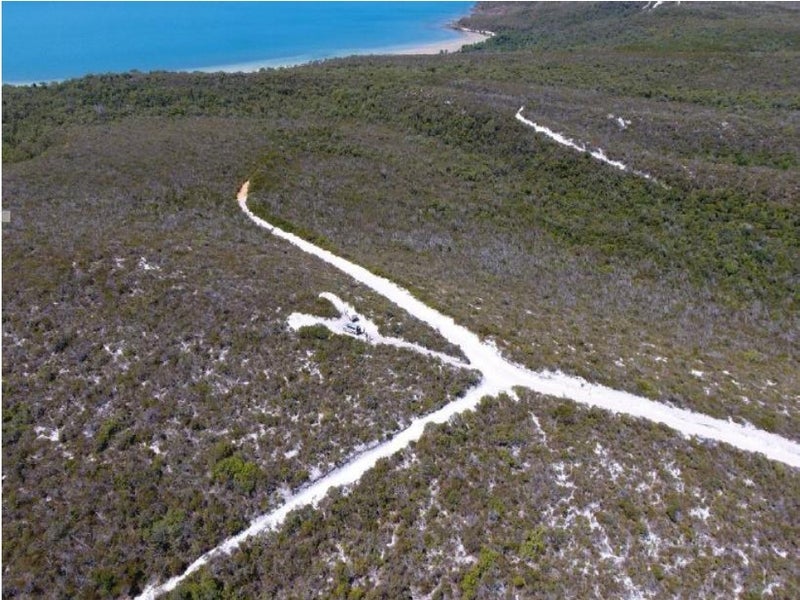The Cape Flattery is a silica sand open-pit mining project under development in Queensland, Australia. It is 100% owned by Metallica Minerals (MLM), through its subsidiary Cape Flattery Silica.
The pre-feasibility study (PFS) on the project was released in March 2022, while a definitive feasibility study (DFS) is anticipated to commence in the second quarter of 2022.
The Cape Flattery project is expected to enter into production in the second quarter of 2024 and the first export of silica sand is planned to take place in the following quarter of the same year.
With an estimated mine life of 25 years, the Cape Flattery silica sand project is expected to produce approximately 1.8 million tonnes per annum (Mtpa) of run-of-mine (ROM) ore and about 1.35Mtpa of silica sand.
Location, geology and mineralisation
The Cape Flattery silica sand project is located on the eastern coastline of Cape York Peninsula in Queensland, Australia.
The project site is situated approximately 220km north of Cairns city within the Cape Flattery port area and is adjacent to Mitsubishi-owned Cape Flattery silica sand mining and shipping.
It lies within the exploration permit minerals (EPM) 25734 and consists of 11 contiguous sub-blocks that are spread over the northern end of the extensive Cape Bedford/Cape Flattery dune field complex.
The dune field occurs as large transgressive elongate and parabolic sand dunes trending northwest and extending inland for several kilometres from the coast. The geology consists of aeolian sand dune deposits associated with the Quaternary age sand-dune area. The sands are fine-grained and pure white and slightly creamy in colour that ranges up to a thickness of 35m.
The mineralisation is a high-grade quartz (silica) and occurs within the aeolian dune sands.
Estimated resources and reserves
The Cape Flattery silica sand deposit was estimated to hold approximately 53.46 million tonnes (Mt) of measured, indicated and inferred minerals resources grading at 99.19% silicon dioxide (SiO2) containing 33.41 million cubic metres (Mm3) of silica sand, as of October 2021
The probable ore reserves are estimated at 46Mt grading at 99.18% SiO2 containing 28.76Mm3 silica sand.
Mining and ore processing
The Cape Flattery project will employ an open-pit method for silica sand extraction from the reserves’ area through a wheel loader.
The extracted silica sand is loaded into mobile feeders, where it is mixed with water to form a slurry to be delivered to the wet concentration plant (WCP), which is situated to the northeast of the sand extraction area.
The processing plant will carry out the refining of the sand to lessen heavy mineral contaminants Fe2O3 (iron oxide) and Al2O3 (aluminium oxide). The reject material produced by the WCP containing low-grade silica sand will be pumped back to rehabilitate the extraction area.
The final product will be exported through tranship transportation utilising tugs and barge operations.
Infrastructure facilities
The infrastructure facilities at the site will include a process plant pad, product stockpile, mine infrastructure area for offices, equipment workshop and storage area, accommodation camp, overland conveyor, and access roads.
The support facilities will consist of a jetty infrastructure equipped with a 350m long elevated jetty, 10m wide reinforced concrete barge ramp, barge loading facility (BLF), hardstand area, product conveyors, and bunker.
The site will also be facilitated by two 300 kilolitres (KL) raw water tanks, four 1,000 kilovolt-amperes (kVA) and five 500kVA gensets for power supply, communication system, slurry lines and process water pipelines.
Contractors involved
Ausrocks was contracted by Metallica Minerals for the completion of an updated mineral resource and ore reserves estimation.
Australian company Mineral Technologies delivered services related to metallurgical test work and bulk sample processing.
WAVE International was contracted for civil design and processing infrastructure, project execution, risk and logistics.
Epic Environmental was selected to deliver an environmental and social impact assessment (ESIA).
Yearlong Contractors were engaged to undertake vacuum drilling activities at the project site.





